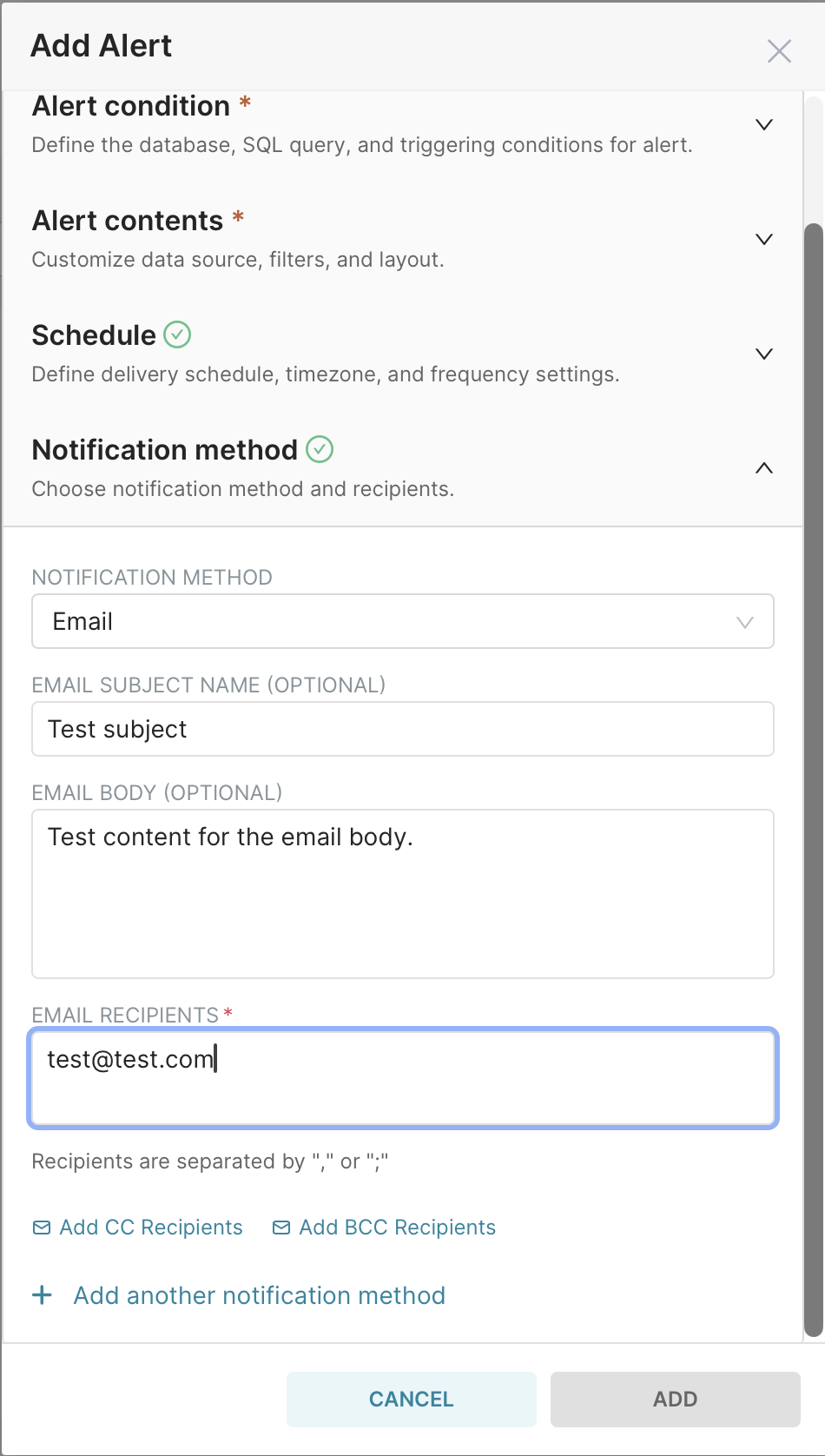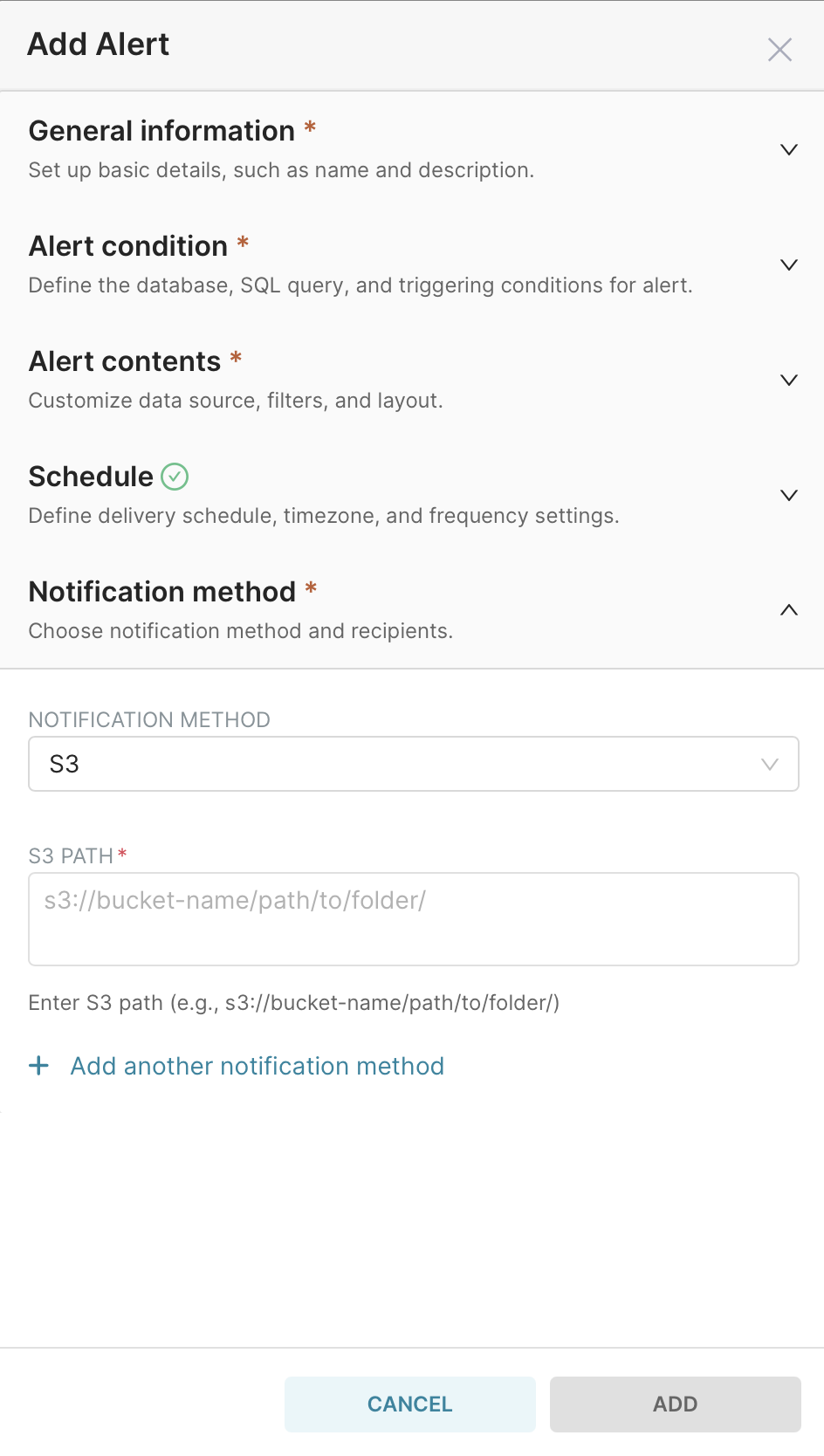Using the Sheetloom API A Complete Guide
This guide will walk you through the complete workflow of using the Sheetloom API, from authentication to downloading your generated spreadsheets.
Overview
The Sheetloom API allows you to programmatically generate spreadsheets from templates. The workflow consists of four main steps:
- Authenticate with AWS Cognito to obtain access tokens
- Check available templates for your tenant
- Run Sheetloom to generate a spreadsheet from a template
- Download the generated spreadsheet
Prerequisites
- A valid Sheetloom account with tenant credentials
curlinstalled on your systemjqinstalled (optional, but helpful for parsing JSON responses)
Step 1: Authentication
The first step is to authenticate with AWS Cognito to obtain your access and ID tokens. These tokens will be used for all subsequent API calls.
Authentication Request
curl -X POST "https://cognito-idp.{region}.amazonaws.com/" \
-H "Content-Type: application/x-amz-json-1.1" \
-H "X-Amz-Target: AWSCognitoIdentityProviderService.InitiateAuth" \
-d '{
"AuthParameters": {
"USERNAME": "your-email@example.com",
"PASSWORD": "your-password"
},
"AuthFlow": "USER_PASSWORD_AUTH",
"ClientId": "your-cognito-client-id"
}'
Understanding the Response
The response will contain several tokens:
- AccessToken: Used for API authorization
- IdToken: Used for API authorization (some endpoints may require this)
- RefreshToken: Used to obtain new tokens when they expire
Save these tokens securely. You'll need the IdToken for the next steps.
Example response structure:
{
"AuthenticationResult": {
"AccessToken": "eyJraWQiOiJ...",
"IdToken": "eyJraWQiOiJ...",
"RefreshToken": "eyJjdHkiOiJ...",
"ExpiresIn": 3600
}
}
Step 2: Check Available Templates
Before generating a spreadsheet, you may want to see what templates are available for your tenant.
List Templates Request
curl -X GET "https://{api-gateway-endpoint}/core/templates/" \
-H "Authorization: {id_token_here}" \
-H "x-tenant-id: {your-tenant-id}"
Replace:
{api-gateway-endpoint}with your API Gateway endpoint{id_token_here}with the IdToken from Step 1{your-tenant-id}with your tenant identifier
This will return a list of available templates that you can use to generate spreadsheets.
Step 3: Run Sheetloom
Now that you have your authentication token and know which templates are available, you can generate a spreadsheet.
Generate Spreadsheet Request
curl -X POST "https://{api-gateway-endpoint}/core/main/?domain={domain}&template={template-path}&isUser={true|false}&fileName={filename}" \
-H "Authorization: {id_token_here}" \
-H "x-tenant-id: {your-tenant-id}" \
-H "Content-Type: application/json"
Parameters:
domain: The domain context for the generation (e.g.,localhost:1234)template: The full path to the template file (e.g.,{tenant-id}-sheetloom-templates/default/templates/regulatory.xlsx)isUser: Boolean indicating if this is a user-initiated requestfileName: The base name for the generated file
Example:
curl -X POST "https://{api-gateway-endpoint}/core/main/?domain=localhost:1234&template={tenant-id}-sheetloom-templates/default/templates/regulatory.xlsx&isUser=true&fileName=regulatory" \
-H "Authorization: {id_token_here}" \
-H "x-tenant-id: {your-tenant-id}" \
-H "Content-Type: application/json"
This will trigger the Sheetloom generation process. The response will typically include information about the generation job, including the file path where the generated spreadsheet will be stored.
If the template has any parameters, these can be added into the request using a -d flag on the curl request.
Example
curl -X POST "https://{api-gateway-endpoint}/core/main/?domain=localhost:1234&template={tenant-id}-sheetloom-templates/default/templates/regulatory.xlsx&isUser=true&fileName=regulatory" \
-H "Authorization: {id_token_here}" \
-H "x-tenant-id: {your-tenant-id}" \
-H "Content-Type: application/json" \
-d '{ \
"parameterName1": "value1", \
"parameterName2": "value2", \
"parameterName3": "value3" \
}'
Step 4: Download the Generated Sheet
Once the spreadsheet has been generated, you can download it using the download endpoint.
Download Request
The download endpoint requires the file path and returns a presigned URL for secure download:
curl -s -X GET "https://{api-gateway-endpoint}/core/download/" \
-G \
--data-urlencode "filePath={file-path}" \
--data-urlencode "presigned=true" \
-H "Authorization: {your_token_here}" \
-H "x-tenant-id: {your-tenant-id}" | \
jq -r '.downloadUrl' | \
xargs curl -f -o "{output-filename}.xlsx"
Breaking down the command:
- The first
curlrequest gets the presigned download URL jq -r '.downloadUrl'extracts the download URL from the JSON response- The second
curldownloads the file using the presigned URL and saves it locally
Example:
curl -s -X GET "https://{api-gateway-endpoint}/core/download/" \
-G \
--data-urlencode "filePath=users/{email}/spreadsheets/templates/regulatory/regulatory.xlsx" \
--data-urlencode "presigned=true" \
-H "Authorization: {your_token_here}" \
-H "x-tenant-id: {your-tenant-id}" | \
jq -r '.downloadUrl' | \
xargs curl -f -o "regulatory.xlsx"
This will download the generated spreadsheet to your local machine as regulatory.xlsx.
Complete Workflow Example
Here's a complete example script that ties everything together:
#!/bin/bash
# Configuration
REGION="eu-west-1"
COGNITO_CLIENT_ID="your-cognito-client-id"
API_ENDPOINT="https://your-api-gateway.execute-api.region.amazonaws.com/dev"
TENANT_ID="your-tenant-id"
USERNAME="your-email@example.com"
PASSWORD="your-password"
TEMPLATE_PATH="your-tenant-sheetloom-templates/default/templates/regulatory.xlsx"
OUTPUT_FILE="regulatory.xlsx"
# Step 1: Authenticate
echo "Authenticating..."
AUTH_RESPONSE=$(curl -s -X POST "https://cognito-idp.${REGION}.amazonaws.com/" \
-H "Content-Type: application/x-amz-json-1.1" \
-H "X-Amz-Target: AWSCognitoIdentityProviderService.InitiateAuth" \
-d "{
\"AuthParameters\": {
\"USERNAME\": \"${USERNAME}\",
\"PASSWORD\": \"${PASSWORD}\"
},
\"AuthFlow\": \"USER_PASSWORD_AUTH\",
\"ClientId\": \"${COGNITO_CLIENT_ID}\"
}")
ACCESS_TOKEN=$(echo $AUTH_RESPONSE | jq -r '.AuthenticationResult.AccessToken')
ID_TOKEN=$(echo $AUTH_RESPONSE | jq -r '.AuthenticationResult.IdToken')
echo "Authentication successful!"
# Step 2: Check templates (optional)
echo "Checking available templates..."
curl -X GET "${API_ENDPOINT}/core/templates/" \
-H "Authorization: ${ACCESS_TOKEN}" \
-H "x-tenant-id: ${TENANT_ID}"
# Step 3: Generate spreadsheet
echo "Generating spreadsheet..."
curl -X POST "${API_ENDPOINT}/core/main/?domain=localhost:1234&template=${TEMPLATE_PATH}&isUser=true&fileName=regulatory" \
-H "Authorization: ${ID_TOKEN}" \
-H "x-tenant-id: ${TENANT_ID}" \
-H "Content-Type: application/json"
# Step 4: Download the generated sheet
echo "Downloading spreadsheet..."
FILE_PATH="users/${USERNAME}/spreadsheets/templates/regulatory/regulatory.xlsx"
curl -s -X GET "${API_ENDPOINT}/core/download/" \
-G \
--data-urlencode "filePath=${FILE_PATH}" \
--data-urlencode "presigned=true" \
-H "Authorization: ${ID_TOKEN}" \
-H "x-tenant-id: ${TENANT_ID}" | \
jq -r '.downloadUrl' | \
xargs curl -f -o "${OUTPUT_FILE}"
echo "Download complete! File saved as ${OUTPUT_FILE}"
Error Handling
When working with the API, you may encounter various errors:
- 401 Unauthorized: Your token has expired or is invalid. Re-authenticate to get a new token.
- 403 Forbidden: You don't have permission to access the requested resource. Check your tenant ID and user permissions.
- 404 Not Found: The template or file path doesn't exist. Verify the template path and file path are correct.
- 500 Internal Server Error: An error occurred on the server. Check the response body for details.
Security Best Practices
- Never commit tokens to version control: Always use environment variables or secure credential storage
- Rotate tokens regularly: Use refresh tokens to obtain new access tokens before they expire
- Use HTTPS only: All API calls should use HTTPS endpoints
- Validate responses: Always check response status codes and handle errors appropriately
- Store credentials securely: Use secure credential management tools rather than hardcoding credentials
Conclusion
The Sheetloom API provides a powerful way to programmatically generate spreadsheets from templates. By following this guide, you can integrate Sheetloom into your automation workflows, CI/CD pipelines, or custom applications.
For more information or support, please refer to the Sheetloom documentation.




